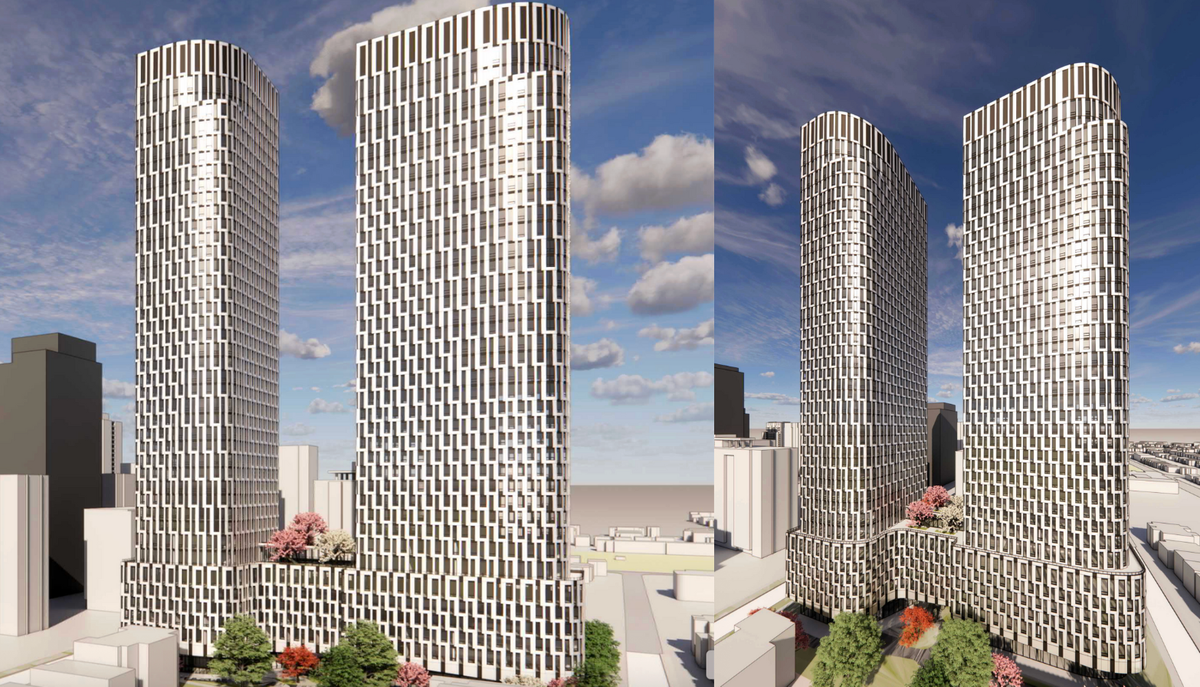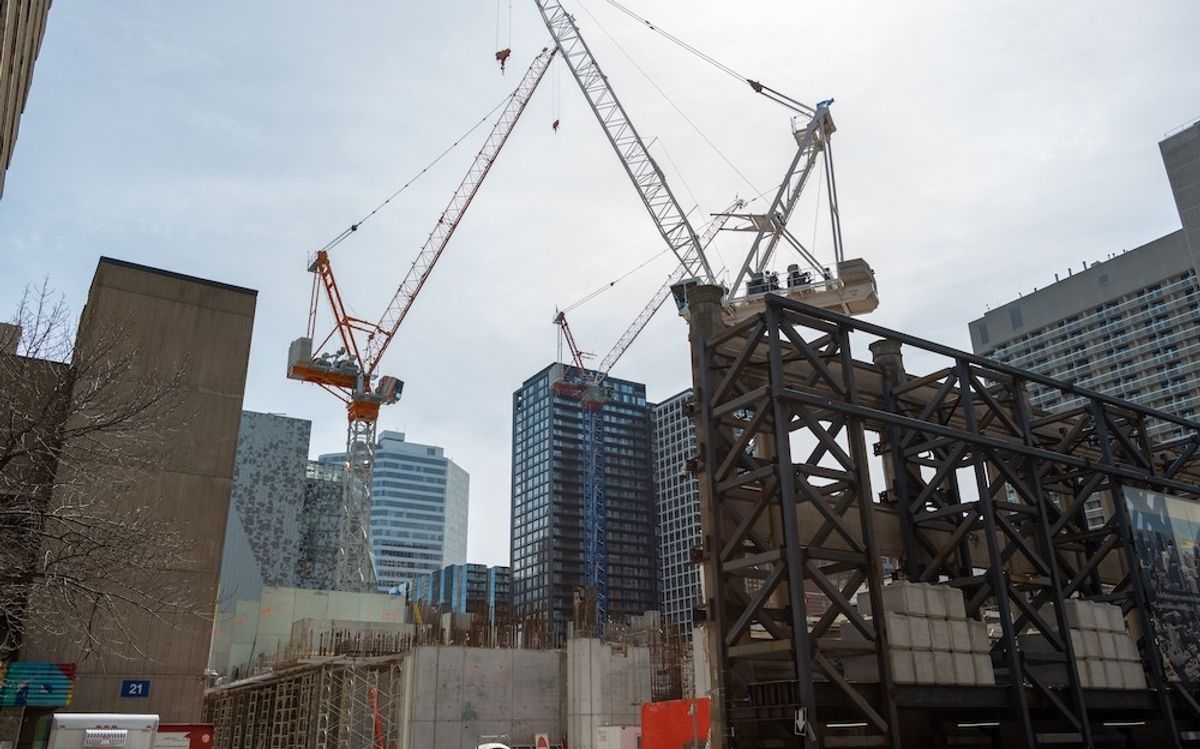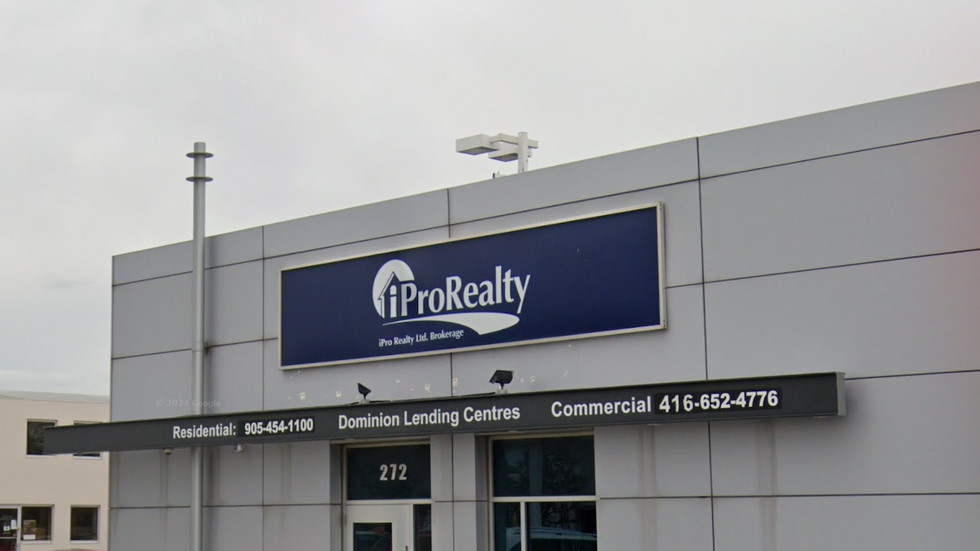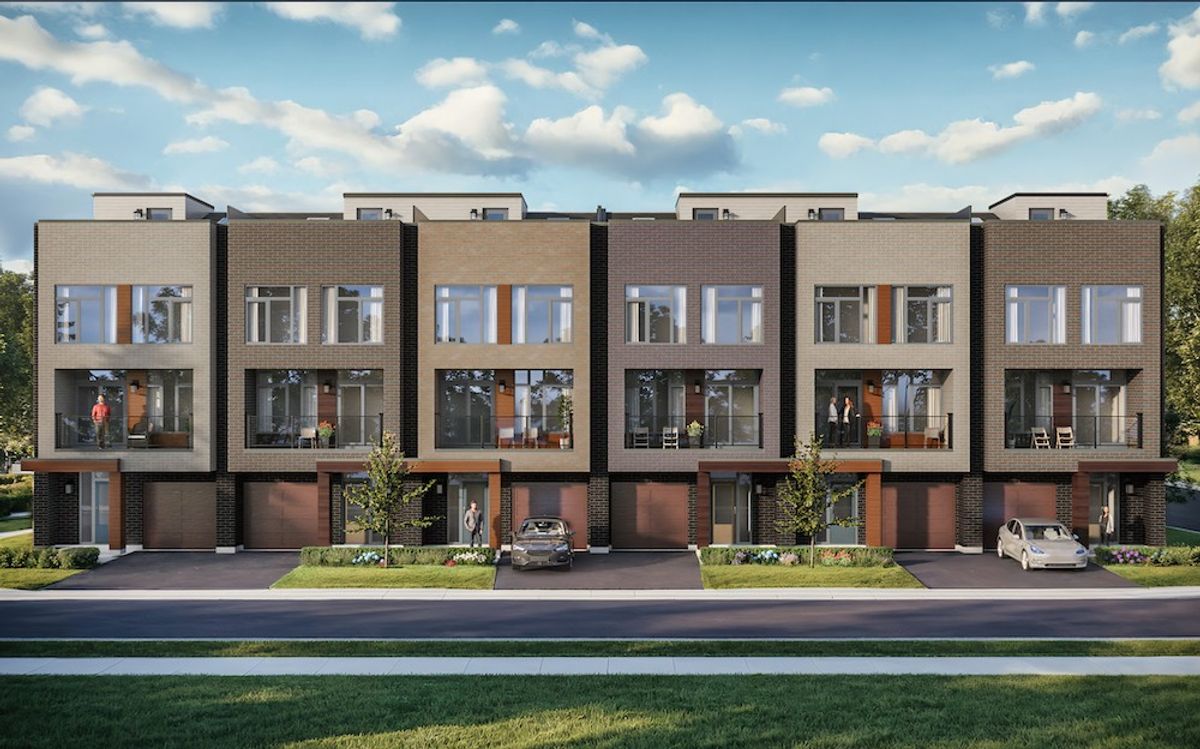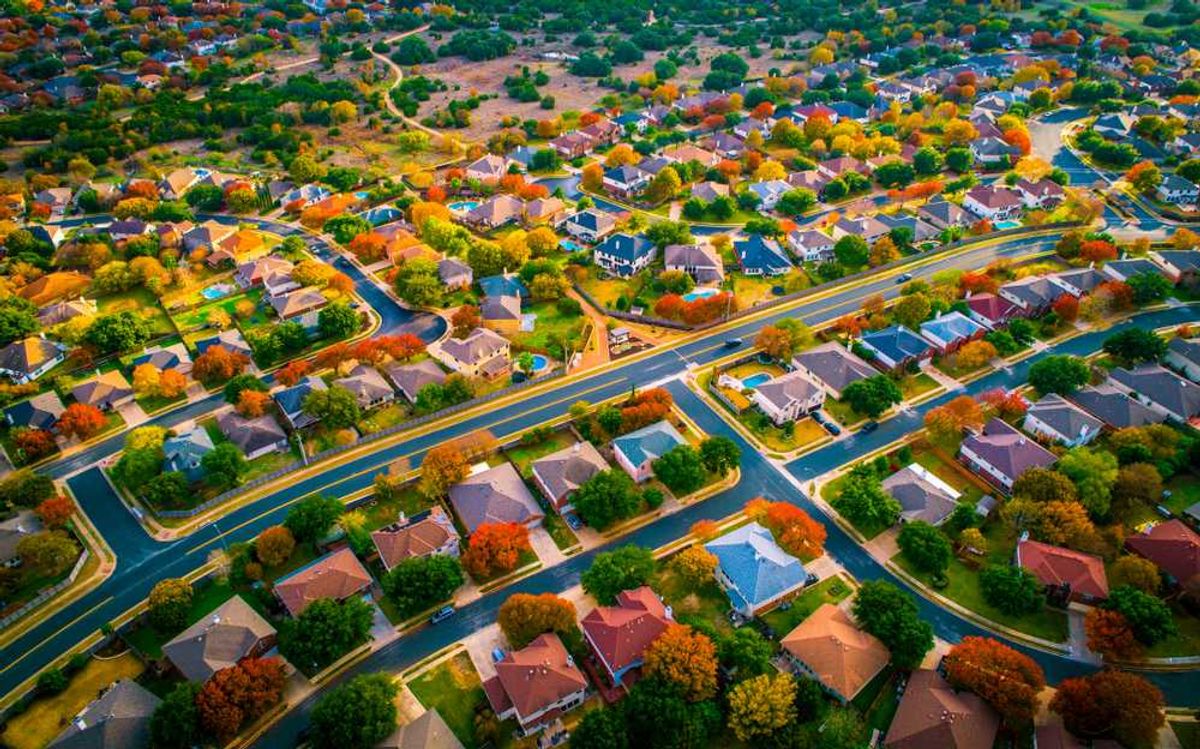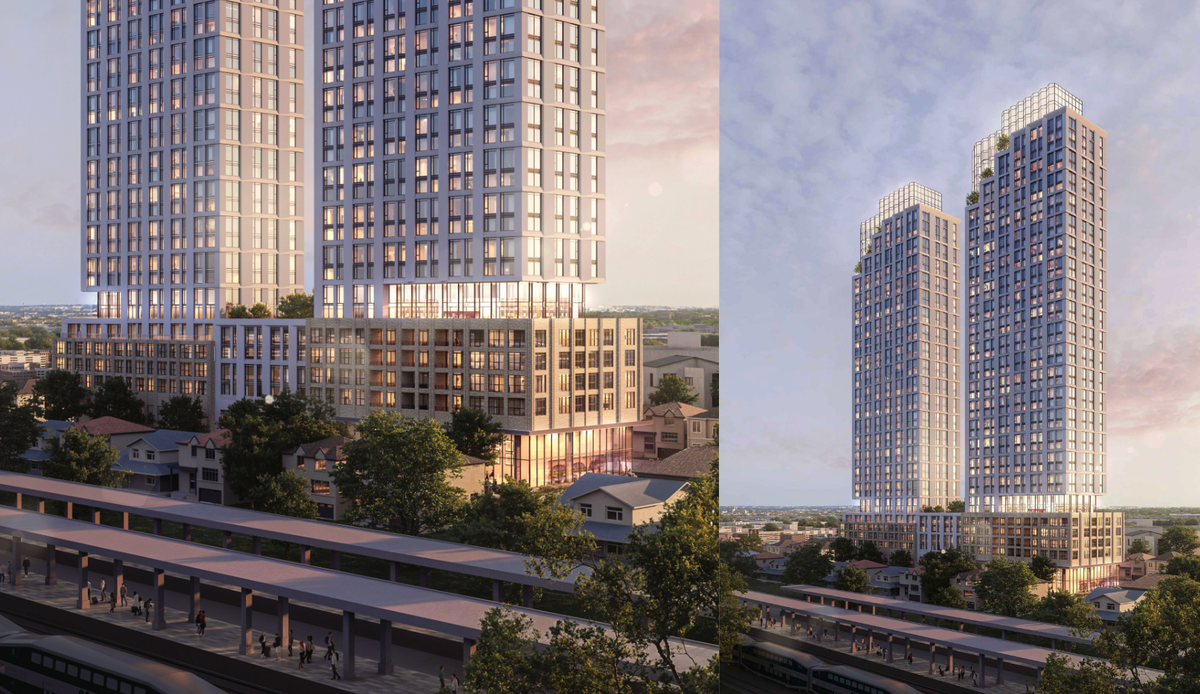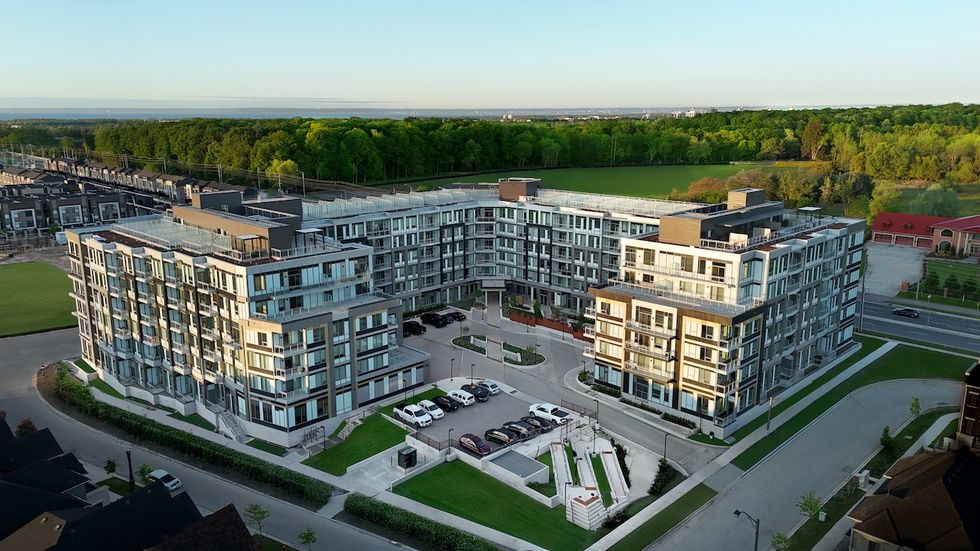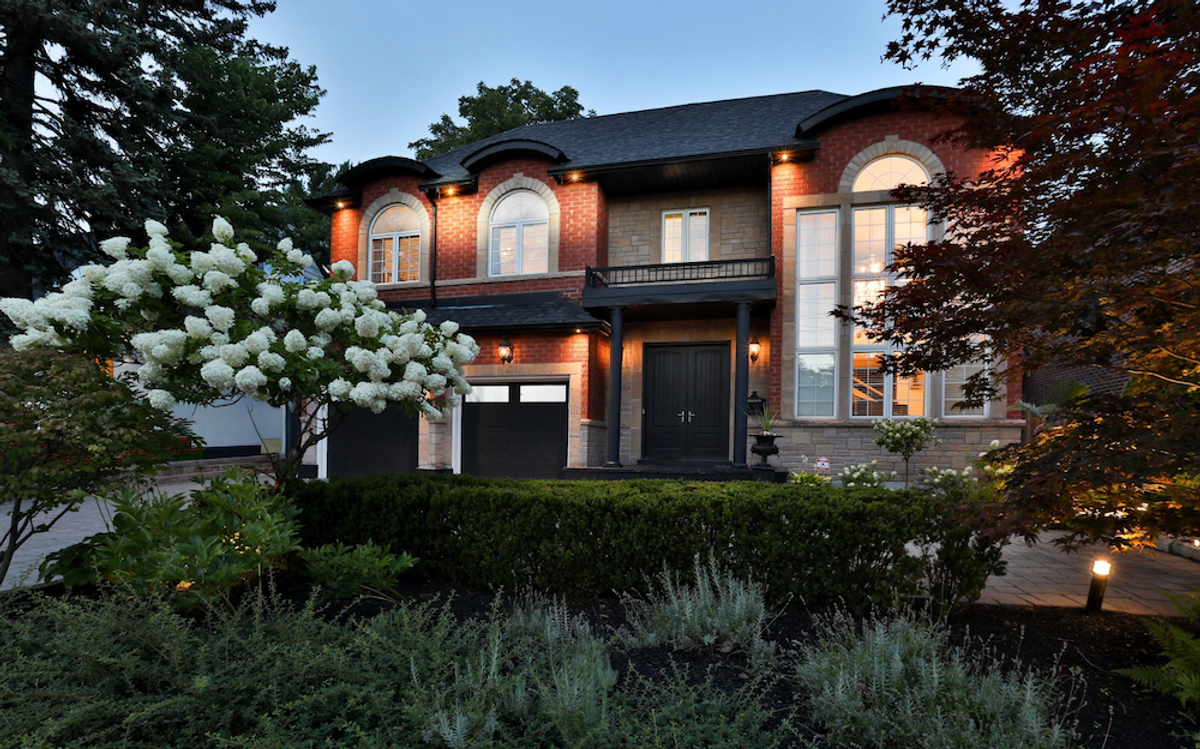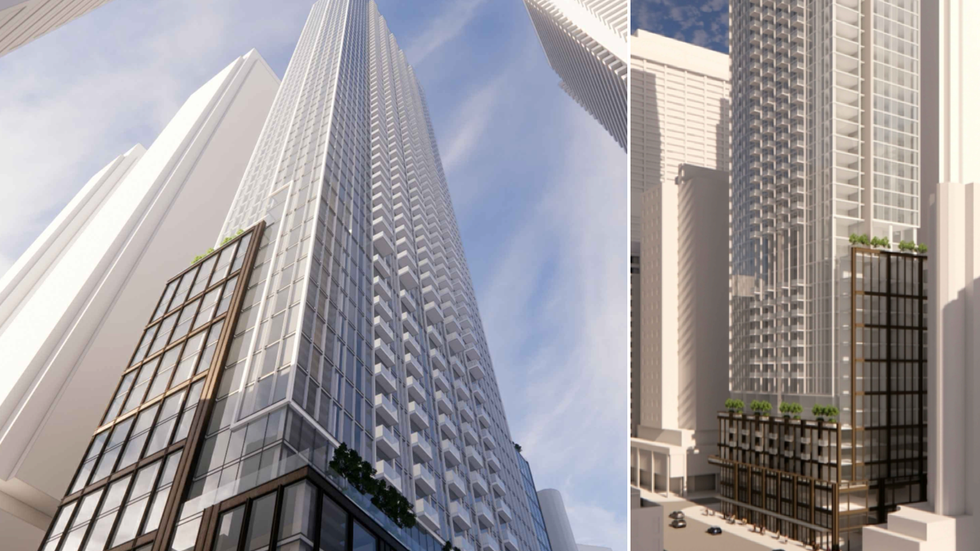After tariffs sent Canadian home sales on a months-long downtrend, the market has been showing signs of recovery as of late, with July marking the fourth consecutive month of sales growth. According to the latest national housing stats from the Canadian Real Estate Association (CREA), there were 40,228 home sales in July, up 3.8% month over month and 6.6% above July 2024.
“With sales posting a fourth consecutive increase in July, and almost 4% at that, the long-anticipated post-inflation crisis pickup in housing seems to have finally arrived,” said Shaun Cathcart, CREA’s Senior Economist. “Looking ahead a little bit, it will be interesting to see how buyers react to the burst of new supply that typically shows up in the first half of September.”
July's promising numbers were led by the Greater Toronto Area (GTA) — a region hit particularly hard by the downward sales trend in the first half of the year, but which collectively has now seen a 35.5% increase in sales since March. Toronto Regional Real Estate Board (TRREB) stats released in early August showed July home sales in the GTA had hit their highest point since July 2021 at 6,100 home sales. It should be noted, however, that GTA sales still remain historically low.
At the national level, sales have increased by 11.2% since March as buyers who had been waiting on the sidelines gain back some confidence as affordability improves and economic uncertainty surrounding tariffs eases.
According to CREA, the average Canadian home price rose by just 0.6% year over year to $672,784 in July and the National Composite MLS® Home Price Index (HPI) declined by 3.4% compared to July 2024. This follows a series of price declines in the first quarter of the year, but price movement now remains "mostly stable."
Looking ahead, a recent market update report from RBC forecasts Canadian home prices will rise 0.7% in 2025, before declining another 0.7% in 2026. In markets with lower affordability and higher supply, like Ontario and BC, RBC projects prices will continue their current decline into early 2026 before steadying.
In line with the supply build up in the region, the GTA saw 15,063 listings added in July on a seasonally adjusted base, far outpacing Montreal, which saw the second highest amount of listings at 6,062. On the national level, there were 202,500 properties listed for sale in July, up 10.1% from last year.
“Activity continues to pick up through the transition from the spring to the summer market, which is the opposite of a normal year, but this has not been a normal year,” said Valérie Paquin, CREA Chair. “Typically, we see a burst of new listings right at the beginning of September to kick off the fall market, but it seems like buyers are increasingly returning to the market."
On a month-over-month basis, active listings inched up by just 0.1%, bringing the sales-to-new-listings ratio rose to 52%. For that metric, anything between 45% and 65% is generally consistent with balanced housing market conditions. Months of inventory at the national level also remain balanced at 4.4 months, with over 6.4 months indicating a buyer's market and below 3.6 months being a seller's market.

